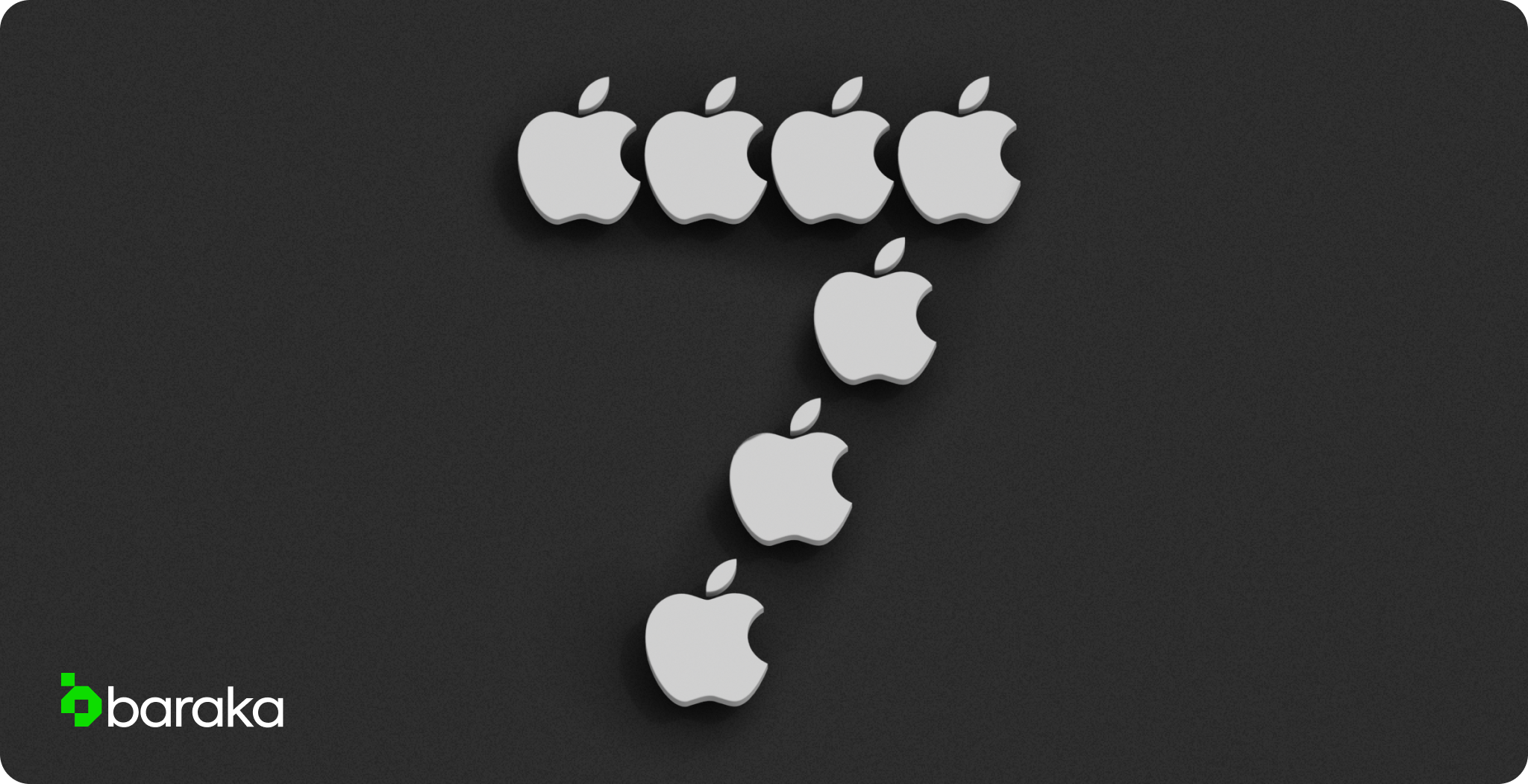Splitting anything tends to multiply its number, and that is precisely what stock splitting does. A stock split happens when a company increases its outstanding shares by issuing more of them.
Essentially, the company divides its existing shares into multiples to boost its number. However, a stock split is much more than an arithmetic exercise. For instance, a stock split lowers the stock’s share price. Therefore, current stockholders might ask, "What are the implications of a stock split?"
This article is designed to help you answer this question and others by explaining what a stock split is at a fundamental level, including its implications for the company and its shareholders.
Key takeaways
- A stock split is a corporate decision to increase the outstanding shares of a company.
- A stock split maintains the market capitalisation of a company: its outstanding shares increase but its price per share decreases, thereby preserving the total value of the company.
- The main objective of a stock split is to provide the shares of the company to small investors at a more affordable price.
- Stock splits mostly occur in ratios of two-for-one or three-for-one.
- A reverse split occurs when, instead of multiplying, a company decides to divide its number of shares.
How stock split works
A stock split is often used as a corporate strategy by a company’s Board of Directors to meet a target or specific goal.
For instance, the objective might be to issue more shares so its price becomes more attainable and attractive to small investors while simultaneously creating more liquidity for the company. However, its terminology can be confusing, as it’s accompanied by arithmetic like “2-for-1” “4-for-1,” “3-for-2,” and so on. Like most things, an example is a good way to provide an explanation.
A good illustration is the 7-for-1 Apple split that occurred in 2014. Before the stock split, Apple shares were trading at around $649.88. After the split, the stock was worth $92.70 (equivalent to 648.90 / 7).

While the price was diluted, everything eventually balanced out for existing shareholders. This is because they were given seven additional shares for each one already held. Hence, if someone already had 1,000 shares of AAPL before the split, they would eventually own 7,000 shares.
Nevertheless, this didn’t change the value of the company’s or current investors’ stock. After the split, AAPL’s market capitalisation was unchanged at $556 billion. But that doesn’t mean a stock split doesn’t impact your portfolio.
What happens when a stock splits?
A stock split makes a stock more appealing without affecting the underlying value of the investment for current stockholders. However, several things are likely to happen immediately after a stock split. For instance, by dividing the company into more ownership segments, it lowers its price per share.
The lower price is likely to compel small investors to start buying the stock they had previously been unable to purchase. As market forces often dictate, an increase in demand is invariably followed by an increase in price. What’s more, this increase in demand will lead investors to assume that this growth will continue, which further increases prices and demand.
So, the domino effect of this increased stock purchase will boost the company’s stock price. In Apple’s case, the company’s stock price rose from $92.70 to $95.05 the following day after the 2014 stock split.
Importance of a stock split
As we mentioned, a stock split offers no automatic advantage to those who currently have shares in the company. But a stock split is both a numerical and strategic exercise.
Stock splits are important for companies because they motivate the public to buy their stock—because when more people have the ability to buy a stock, the increase in demand often causes the stock price to rise. This ultimately benefits the company and its current shareholders.
We can see this in the 36% return gained by Apple stock in the year following its 7-for-1 split. For comparison, this return significantly outperformed the S&P 500's 6.6% during the same period.
But it should be noted that, in some instances, the price bump after a stock split can be temporary. Long-term gains are typically associated with holding onto the stock over time, but this is also not guaranteed.
What is a reverse stock split?
A reverse stock split is the opposite of a stock split. In this instance, a company aims to consolidate, rather than increase, its existing shares into fewer numbers.
Just like a stock split, reverse splits are done for a variety of reasons. One could be the fear of delisting in a stock exchange when a company’s share falls below a certain threshold. A company could, therefore, pursue a reverse split to increase its stock price to meet the minimum requirements by reducing the amount of stock in circulation.
On top of that, companies might pursue reverse stock splits to create high-quality stocks valuable to big institutional investors who are wary of investing in penny stocks.
Start your investment journey with Baraka
Both a stock split and a reverse stock split have no significant impact on a company’s existing investors. A stock split is meant to entice potential investors to get off the sidelines and invest in the company.
If you’re in need of some extra educational support, Baraka can help. We give you the financial education to understand stock splits and enable you to make informed decisions in your investment journey
Contact us today for the educational tools you need for your investment journey! Baraka does not provide investment advice.

